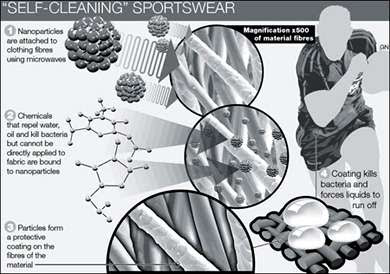Event 3: First Robotics Competition World Robotics Championships

During Week 3, which happened to be during our Robotics and Art unit, I went to the First Robotics Competition’s World Robotics Championships in Houston, Texas to cheer on my brother’s robotics team. The competition was a true representation of how Kelly describes the third culture – art and science coming together for each team to create their masterpiece, filled with the “nerd” culture he describes, but in the best way (Kelly). The robots were designed to be able to play a specific “game,” in which they had to be able to lift cubes onto elevated surfaces to gain points, as well as climb about 2 feet into the air. For the first 30 seconds of the match, the robot had to move autonomously, based on computer coding done by the students. A driver was then allowed to use a remote control to drive the robot around the field, scoring as many points as possible. Robots were designed with various types of claw-like features to grab cubes, “elevators” or arms to place the cubes on high


